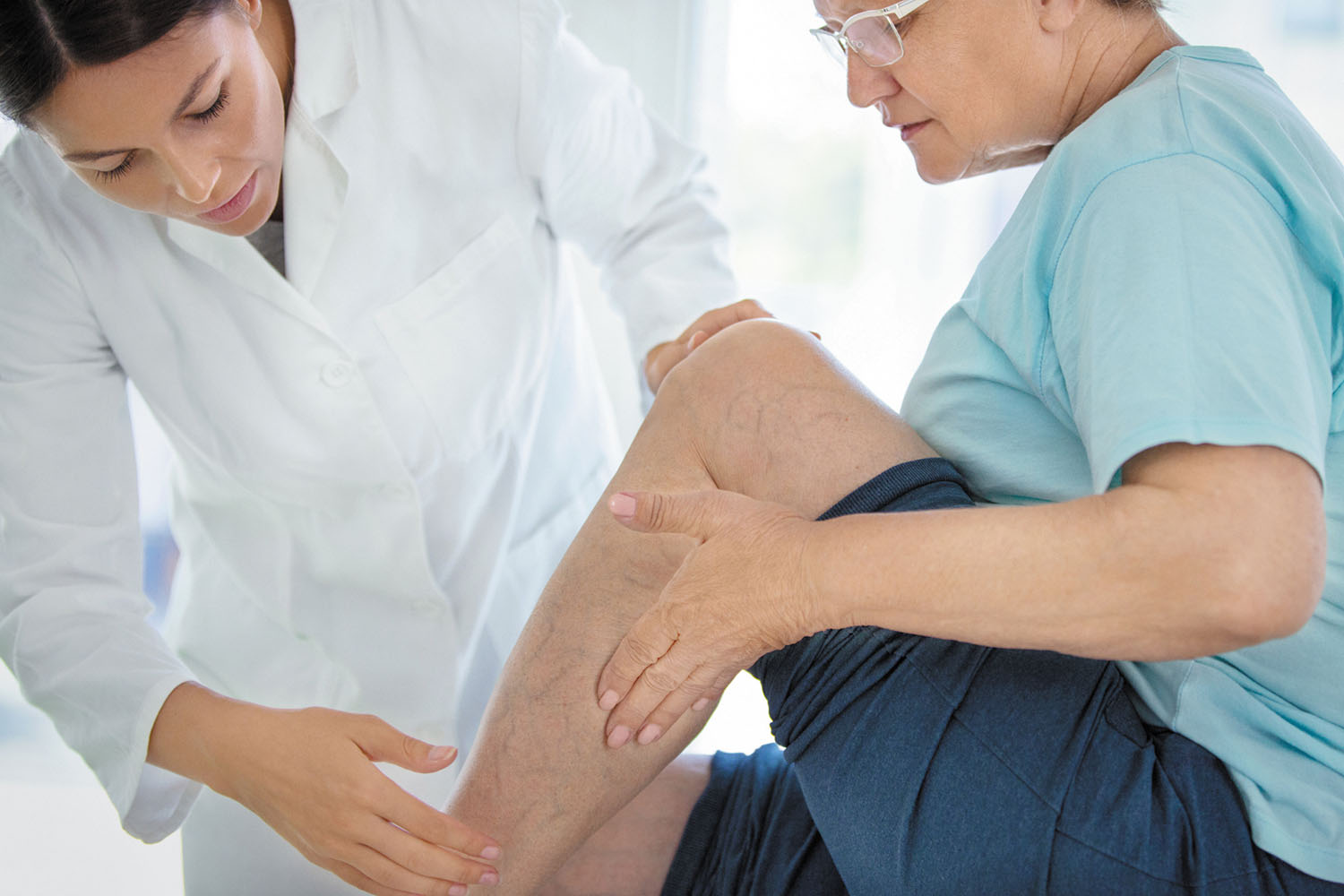Does your work require sitting or standing for long hours on a daily basis? Is your body mass index (BMI) computation disproportionate? Or does your chosen lifestyle promote inactivity? Then you are prone to acquire varicose veins in the process. Basically, when a portion of your skin changes its color and you have sore and burning legs as well as rashes, these indicate the development of varicose veins. Meanwhile, apart from these factors, one can also suffer from such skin condition upon aging or either by having a family history of it and most especially during pregnancy. Yet, regardless of these triggering aspects, varicose veins do not only affect the physical appearance of a person but also his or her health because of the complication it bring about.
Characterized by having shades of blue and/or purple inflamed as well as twisted veins occurring on a person’s legs, ankles and other body parts, such skin condition most commonly affects the women among men. Also, a proper medication is not always necessary particularly when there’s no case of severity involved. In this situation, he or she may either use the compression stockings known for elasticity to intentionally compress the problematic veins while controlling one’s blood flow to prevent it going backwards or to simply elevate the legs by raising the higher from the level of a person’s heart. Constant compliance is needed for these preferences though to meet a successful or positive effect.
Meanwhile, since plenty of these cases are causing a person’s extreme sufferings, one may choose between the surgical and non-surgical vein treatment, which is performed by a specialized medical practitioner or a vascular physician with certain tools, equipment and in appropriate healing facilities. Evidently, with the help of technology and the proficiency of these medical experts, such skin condition can now be cured in different ways after being diagnosed through duplex ultrasound, magnetic resonance venography (MRV) or colour-flow imaging.
Non-surgical treatments
As the most popular way to completely get rid of varicose veins, a person may undergo sclerotherapy. With a vascular physician’s mastery for conducting this vein treatment, a chemical solution called as the “saline” will be injected into the problematic veins which will result it to harden and no longer be filled with blood. In the latter, the treated veins will shrivel causing for it to become unnoticeable and eventually disappear while the scar tissue will be absorbed by his or her body.
Apart from that, the laser method, which originally treats spider veins, can also cure it by means of using several classifications of laser depending on a person’s case. A vascular physician will use a catheter to insert a tiny fiber inside one’s problematic veins. These fibers will transmit the laser energy that will cause the elimination of ITS ailing portions. A person will recover after the treated veins closes and his or her body ideally absorbs it.
Lastly, the procedure called as ablation is also a leading type of non-surgical way for treating such skin condition. A vascular physician will insert a catheter into the problematic vein wherein this tool’s tip will heat its walls and destroy its tissue. Upon a successful application, the treated veins will no longer be able to carry blood and therefore will be absorbed by the body.
Surgical treatments
On the other hand, vein stripping is the most chosen surgical way of treating varicose veins. A vascular physician will conduct this procedure by simply tying or bundling off a person’s problematic veins with its main superficial vein and remove it. In general, during this option, one’s body will not have to temporarily suffer from a disturbed blood circulation as the other veins can manage its intensification.
Also, the ambulatory phlebectomy also called as the small incision avulsion is another way to eliminate such skin condition from a person. This is an outpatient procedure performed by a vascular physician by making small and slit-like incisions in one’s affected skin. However, this also exposes a person with potential complications such as temporary bruising and swelling. Apart from that, those who already tried compression stockings and those who cannot walk by themselves are advised to avoid this option.

